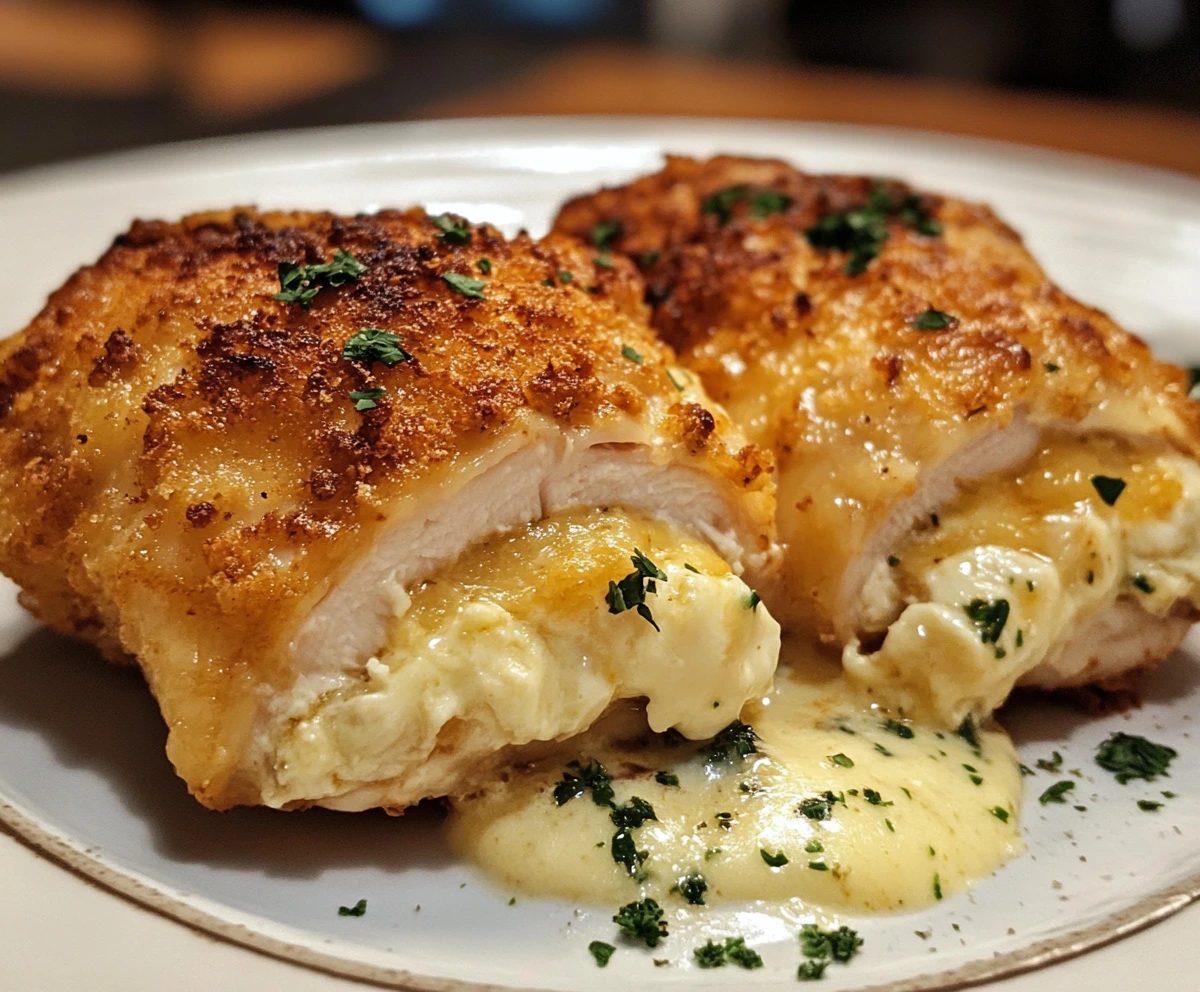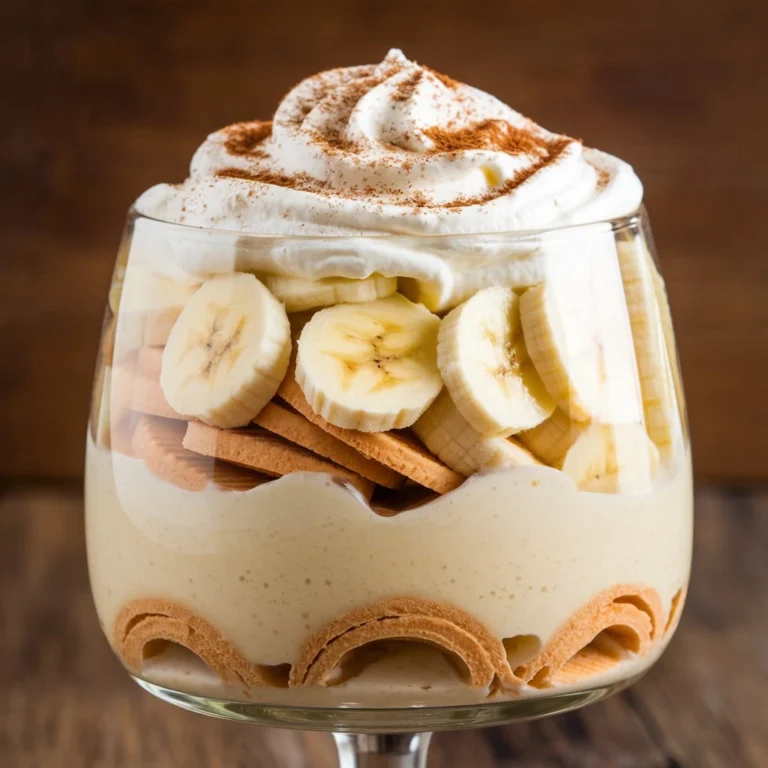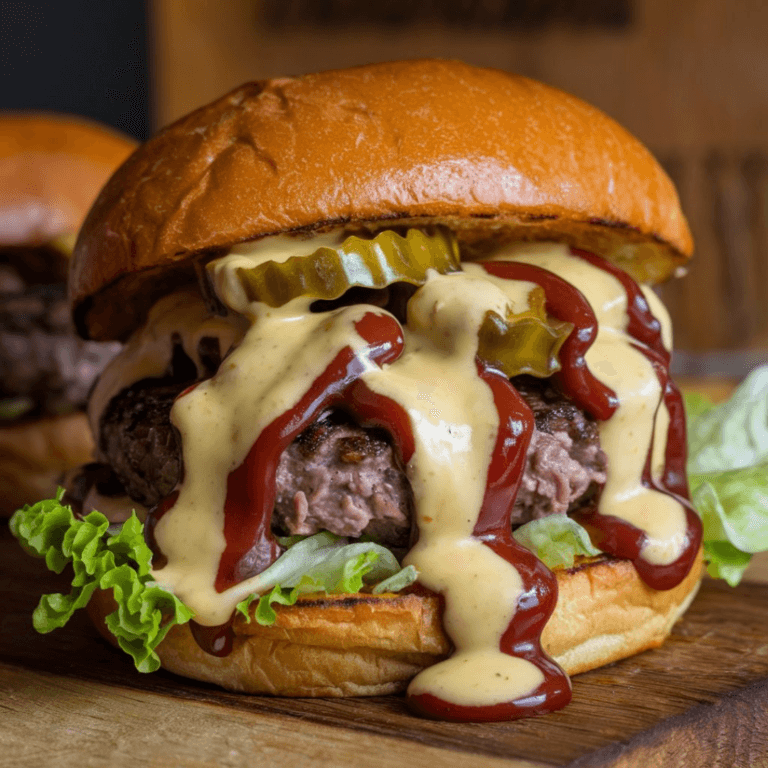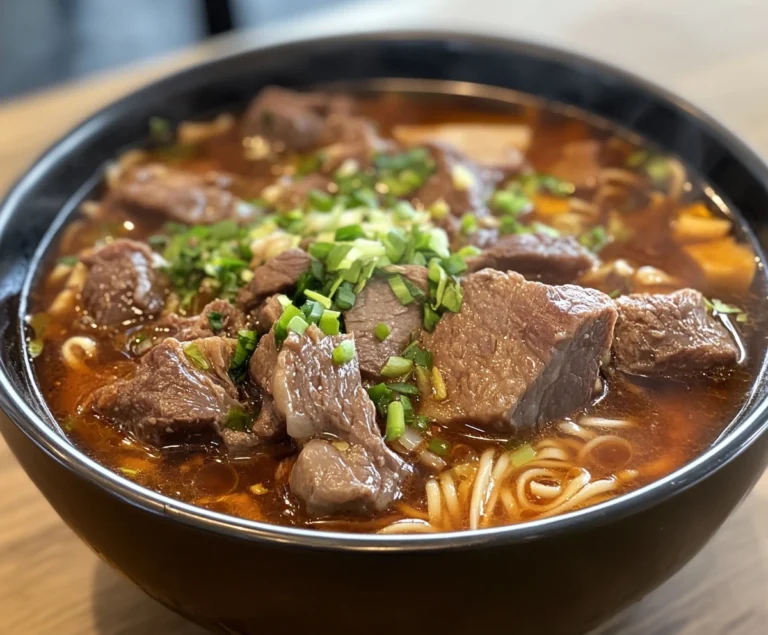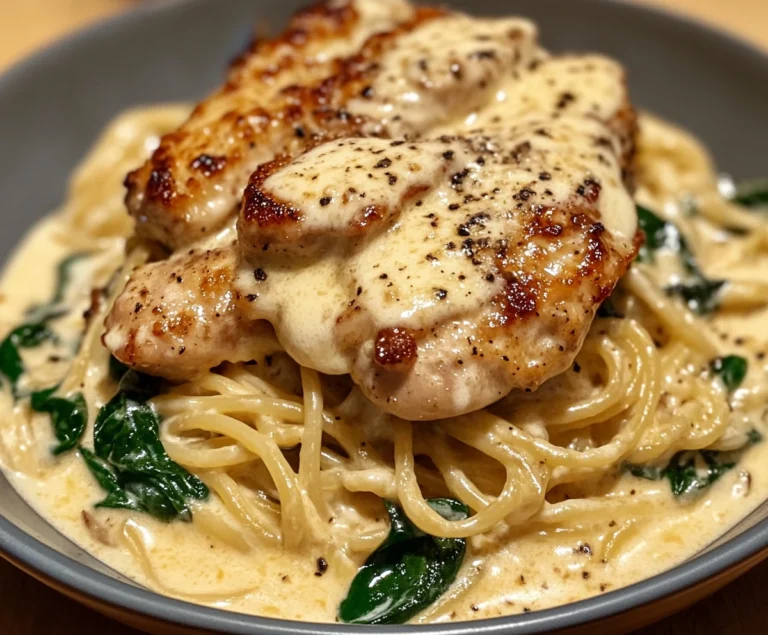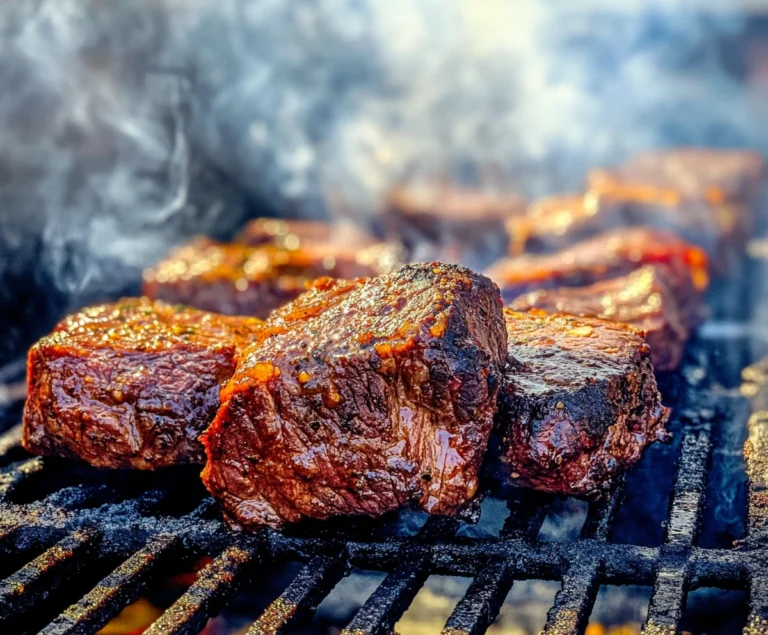Do you put the stuffing in the chicken before cooking?
For many, roasting a chicken with stuffing is a culinary tradition, whether for holiday feasts or weekend family dinners. However, this method raises several important questions: Is it safe to put the stuffing inside the chicken before cooking? How does stuffing affect the cooking process? And is it worth the potential risks to achieve a richly flavored dish?
In this comprehensive guide, we’ll explore every angle of this debate, from the pros and cons of stuffing chicken before cooking to safety concerns, alternative methods, and cooking tips. We’ll also provide a deep dive into recipes, spices, and herbs that can help you craft a delicious and safe stuffed chicken.
What is Stuffing?
Stuffing, also referred to as dressing in some regions, is a mixture of ingredients such as breadcrumbs, herbs, onions, celery, and various seasonings. The goal is to fill the cavity of the chicken before cooking, allowing the ingredients to absorb juices from the chicken, resulting in a flavorful, moist dish. Stuffing is a popular feature in festive meals, especially around Thanksgiving and Christmas, and its roots can be traced back to ancient culinary traditions.
In the context of chicken, stuffing is meant to enhance both the flavor of the meat and the meal’s presentation. However, this seemingly straightforward practice carries a set of considerations and potential hazards that cooks should be aware of before attempting this method.
History of Stuffing in Poultry
The use of stuffing in poultry dates back thousands of years. Evidence of stuffed poultry can be found in ancient Roman texts, where birds were stuffed with a mix of vegetables, spices, and even other meats. The idea was that as the poultry roasted, the juices from the bird would seep into the stuffing, creating a richly flavored dish that enhanced the entire meal. Over time, stuffing became a holiday tradition in many cultures, evolving into a dish that symbolizes both flavor and festivity.
In modern times, stuffing has diversified into countless variations, with recipes ranging from the classic herb and breadcrumb mix to more adventurous options like fruit and nut stuffing, sausage-based stuffing, and even gluten-free versions. Despite these creative interpretations, the central question remains: Is it safe and efficient to cook the stuffing inside the chicken?
Pros and Cons of Stuffing Chicken Before Cooking
Like many culinary methods, stuffing the chicken before cooking has both its advantages and disadvantages. Understanding these will help you decide whether this approach is worth the effort in your kitchen.
Advantages of Stuffing Chicken Before Cooking
1. Enhanced Flavor Absorption
One of the biggest benefits of stuffing the chicken before cooking is the infusion of flavors. When the stuffing is placed inside the bird, it absorbs the juices and fat released during roasting. This allows the stuffing to take on the rich flavor of the chicken, enhancing the taste of both the stuffing and the meat itself.
For cooks who appreciate the subtle blending of flavors, this can make all the difference. The herbs, spices, and even the bread in the stuffing interact with the chicken in a way that simply doesn’t happen when they are cooked separately. The chicken also benefits from this process, as the aromatic herbs in the stuffing can permeate the meat, making it more flavorful from the inside out.
2. Moisture Retention
Stuffing inside the chicken can also help retain moisture, especially during long roasting times. The stuffing creates an insulating effect, preventing the meat from drying out. This is particularly important when roasting a chicken for longer periods, as it ensures the chicken remains tender and juicy.
For many cooks, the trade-off between enhanced moisture retention and potential food safety risks is worth it, especially if the proper precautions are taken (which we’ll discuss in detail later).
3. Presentation and Tradition
A stuffed chicken makes for an impressive presentation. Whether it’s served at a festive dinner or a special occasion, the sight of a beautifully roasted chicken, filled with savory stuffing, creates a warm, comforting atmosphere at the dinner table. Stuffed poultry has become a symbol of holiday feasting in many cultures, adding an extra layer of tradition and nostalgia to the meal.
The visual appeal of a perfectly cooked stuffed chicken, with its golden skin and savory filling spilling out, is enough to make it the star of any dining table.
Disadvantages of Stuffing Chicken Before Cooking
While there are several benefits to stuffing a chicken before cooking, it’s important to recognize the potential downsides.
1. Risk of Bacterial Contamination
The most significant disadvantage of stuffing chicken before cooking is the risk of bacterial contamination, particularly from salmonella. When stuffing is cooked inside the chicken, it can take longer to reach a safe internal temperature, potentially leaving harmful bacteria in the dish.
According to the USDA, the internal temperature of the stuffing must reach at least 165°F to ensure that any bacteria present in the raw chicken are killed. This can be difficult to achieve because while the chicken’s exterior may appear fully cooked, the stuffing inside may still be undercooked. This creates a serious health risk, particularly for those with weakened immune systems, children, and the elderly.
2. Uneven Cooking
Another issue with stuffing chicken before cooking is the risk of uneven cooking. Since the stuffing inside the bird heats up more slowly than the meat, the chicken’s outer layers may become overcooked while you wait for the stuffing to reach a safe temperature.
This can result in dry, overcooked meat, particularly in the breast area, while the thighs and drumsticks may be perfect. Balancing the cooking times between the chicken and stuffing can be tricky, even for experienced cooks.
3. Longer Cooking Time
Stuffing adds bulk to the chicken, which increases the overall cooking time. A stuffed bird requires longer roasting to ensure that the meat and stuffing are both thoroughly cooked. This added time can complicate meal planning, especially if you’re preparing a large dinner with multiple dishes that need to be timed perfectly.
A larger chicken with stuffing may also take up more space in your oven, limiting the ability to cook other dishes simultaneously.
Safety Concerns and Recommendations
While stuffing a chicken before cooking can lead to a flavorful dish, it’s crucial to be mindful of food safety guidelines. Failure to follow proper precautions can result in foodborne illnesses, which is why safety should always be your top priority.
Food Safety: Why Temperature Matters
The USDA’s food safety guidelines are clear: both the chicken and the stuffing inside must reach a safe internal temperature of 165°F to ensure the destruction of harmful bacteria. Achieving this temperature for both components can be challenging, as the stuffing cooks more slowly than the chicken itself.
To avoid this risk, it’s essential to use a meat thermometer to check the temperature of both the chicken and the stuffing. Insert the thermometer into the center of the stuffing, making sure it reaches 165°F before removing the bird from the oven.
If the chicken reaches the appropriate temperature but the stuffing does not, continue cooking until the stuffing reaches 165°F. To avoid overcooking the meat during this process, consider covering the chicken with foil to retain moisture.
Preventing Cross-Contamination During Preparation
When working with raw chicken, cross-contamination is a major concern. Always wash your hands, utensils, and surfaces thoroughly after handling raw poultry to prevent the spread of harmful bacteria.
To further reduce the risk of contamination, consider preparing the stuffing separately from the chicken and only inserting it into the bird once both have been fully cooked. This method, which we’ll explore in greater detail below, eliminates many of the risks associated with cooking the stuffing inside the chicken.
Cooking Methods for Stuffed Chicken
Different cooking methods can impact how your chicken and stuffing turn out. Here are a few options to consider:
- Oven Roasting: The most common method, oven roasting, ensures even cooking with proper temperature control. Keep the bird uncovered at the beginning for a crisp, golden skin, then tent it with foil once the skin is browned to prevent overcooking.
- Grilling: Grilling a stuffed chicken can impart a smoky flavor, but it requires careful monitoring of internal temperatures to avoid uneven cooking.
- Slow Cooking: While not as traditional, slow cooking allows for a more hands-off approach. However, because the temperature in a slow cooker is lower, it may take longer for the stuffing to reach 165°F.
- Sous Vide: For a high-tech approach, sous vide cooking involves vacuum-sealing the chicken and stuffing, then immersing them in a water bath to cook slowly at a precise temperature. This method ensures even cooking and eliminates the risk of overcooking the meat while waiting for the stuffing to reach a safe temperature.
Regardless of your preferred method, always check the internal temperature of both the stuffing and the chicken to ensure they are safe to eat.
Stuffing Alternatives: Safer Options
If you love the idea of stuffing but want to avoid the safety risks, there are several alternatives to consider. These options allow you to enjoy flavorful stuffing without the concerns of cross-contamination or uneven cooking.
1. Cooking Stuffing Separately
One of the simplest ways to avoid safety concerns is to cook the stuffing separately from the chicken. By baking the stuffing in its own dish, you can ensure it reaches the proper temperature without overcooking the chicken.
Once both the chicken and stuffing are fully cooked, you can combine them on the plate or serve the stuffing on the side. This method also allows you to add additional ingredients to the stuffing, such as sausage, cranberries, or nuts, without worrying about how they will affect the cooking time of the chicken.
2. Pre-Cooking the Stuffing
Another option is to pre-cook the stuffing before inserting it into the chicken. By cooking the stuffing separately, then adding it to the bird for the final few minutes of roasting, you can achieve the traditional presentation of a stuffed chicken without the safety risks. This method also allows you to ensure that the stuffing is fully cooked before it comes into contact with the raw chicken.
For those who still want the visual appeal and flavor of stuffing inside the bird but without the lengthy cooking process, this is a great alternative.
3. Use a Stuffing Ball
If you don’t want to give up on the idea of stuffing inside the chicken but are concerned about food safety, consider forming the stuffing into a ball and placing it in the cavity during the last 15–20 minutes of cooking. This way, the stuffing will absorb some of the chicken’s juices while still cooking separately and safely.
This method is perfect for those who want the best of both worlds: a flavorful dish without compromising on food safety.
Culinary Approaches to Chicken Stuffing
With safety concerns addressed, let’s dive into the fun part—crafting delicious and unique stuffing recipes that can take your roasted chicken to the next level. Whether you prefer a classic herb-based stuffing or something more adventurous, these recipes will ensure that your stuffed chicken is both flavorful and memorable.
Common Chicken Stuffing Recipes
1. Traditional Herb and Breadcrumb Stuffing
This is the most common and widely used stuffing recipe for chicken. Simple yet flavorful, it features a base of breadcrumbs or cubed bread, mixed with onions, celery, garlic, sage, and thyme. The mixture is bound together with chicken stock or broth and lightly seasoned with salt and pepper.
- Ingredients:
- 3 cups breadcrumbs or cubed bread
- 1 medium onion, finely chopped
- 2 stalks celery, chopped
- 2 cloves garlic, minced
- 1 tsp dried sage
- 1 tsp dried thyme
- 1 cup chicken broth
- Salt and pepper to taste
- Instructions:
- Preheat oven to 350°F (if cooking stuffing separately).
- In a large skillet, sauté the onions, celery, and garlic until softened.
- Add the herbs and cook for an additional minute.
- Transfer the mixture to a large bowl and mix with the breadcrumbs.
- Slowly add the chicken broth, stirring until the stuffing is moist but not soggy.
- Use the stuffing to fill the chicken cavity, or bake it separately in a greased baking dish for 25–30 minutes.
2. Sausage and Apple Stuffing
For a heartier stuffing, sausage and apple is a popular combination. The savory flavor of the sausage pairs beautifully with the sweetness of the apple, creating a rich and satisfying stuffing.
- Ingredients:
- 1 lb sausage (pork or chicken)
- 1 apple, peeled and chopped
- 1 medium onion, chopped
- 2 cloves garlic, minced
- 2 cups cubed bread
- 1 cup chicken broth
- Salt, pepper, and sage to taste
- Instructions:
- In a skillet, cook the sausage until browned, breaking it up into small pieces.
- Remove the sausage from the skillet and set aside.
- In the same skillet, sauté the onion, garlic, and apple until softened.
- Mix the sausage, onion, apple, and bread cubes in a large bowl.
- Slowly add chicken broth until the stuffing reaches the desired consistency.
- Use the stuffing in the chicken or bake separately at 350°F for 25–30 minutes.
3. Gluten-Free Stuffing
For those with dietary restrictions, gluten-free stuffing is a great alternative. Using gluten-free bread or grains such as quinoa or rice, you can create a delicious stuffing that everyone at the table can enjoy.
- Ingredients:
- 3 cups gluten-free bread cubes or cooked quinoa
- 1 medium onion, chopped
- 2 stalks celery, chopped
- 2 cloves garlic, minced
- 1 tsp dried thyme
- 1 tsp dried rosemary
- 1 cup chicken broth
- Salt and pepper to taste
- Instructions:
- Sauté the onion, celery, and garlic in a skillet until softened.
- Mix with the gluten-free bread or cooked quinoa.
- Add the chicken broth until the mixture is moistened.
- Use the stuffing in the chicken or bake separately at 350°F for 25–30 minutes.
Spices and Herbs to Enhance Flavor
The right combination of spices and herbs can elevate your stuffing from simple to extraordinary. Here are a few flavor combinations to consider:
- Sage and Thyme: These classic herbs provide a savory, earthy flavor that complements chicken perfectly.
- Rosemary and Lemon Zest: For a bright, fresh flavor, add rosemary and lemon zest to your stuffing.
- Cinnamon and Nutmeg: If you prefer a sweeter stuffing, try adding a pinch of cinnamon and nutmeg to balance the savory elements.
Experimenting with different herbs and spices allows you to customize your stuffing to suit your personal preferences and the overall flavor profile of the meal.
Frequently Asked Questions (FAQs)
As you prepare to cook stuffed chicken, you may have some common questions. Here, we’ll address a few frequently asked questions to help guide you through the process.
Can You Put Stuffing in a Chicken the Night Before?
No, it is not recommended to stuff a chicken the night before cooking. Leaving stuffing inside a raw chicken overnight can create a breeding ground for bacteria, increasing the risk of foodborne illnesses. For best results, stuff the chicken right before cooking.
How Long Should a Stuffed Chicken Cook?
The cooking time for a stuffed chicken depends on the size of the bird and the amount of stuffing. As a general rule, plan for about 20-25 minutes per pound of chicken. Always check the internal temperature of both the chicken and the stuffing before serving.
What Temperature Should the Stuffing Reach?
The USDA recommends that stuffing inside a chicken reach an internal temperature of 165°F. Use a meat thermometer to check the temperature in the center of the stuffing.
Is It Safe to Eat Stuffing Inside the Chicken?
Yes, as long as the stuffing has been cooked to a safe temperature of 165°F, it is safe to eat. However, always use a meat thermometer to ensure both the chicken and the stuffing are fully cooked.
What Are Some Alternatives to Stuffing a Chicken?
If you prefer not to stuff the chicken, you can bake the stuffing separately in a casserole dish. Another option is to pre-cook the stuffing and insert it into the bird for the last few minutes of roasting.
Conclusion
Stuffing chicken before cooking is a time-honored tradition that enhances both flavor and presentation. However, it comes with certain risks, particularly regarding food safety. By following the proper precautions—such as using a meat thermometer to ensure both the chicken and stuffing reach 165°F—you can safely enjoy this delicious dish.
If you prefer a simpler, safer approach, consider cooking the stuffing separately or using one of the alternative methods mentioned in this article. Whether you choose to stuff the chicken or not, you’ll find that with the right spices, herbs, and techniques, you can create a flavorful and memorable meal that’s perfect for any occasion.
Now that you’ve learned everything you need to know about stuffing chicken, it’s time to get cooking!

